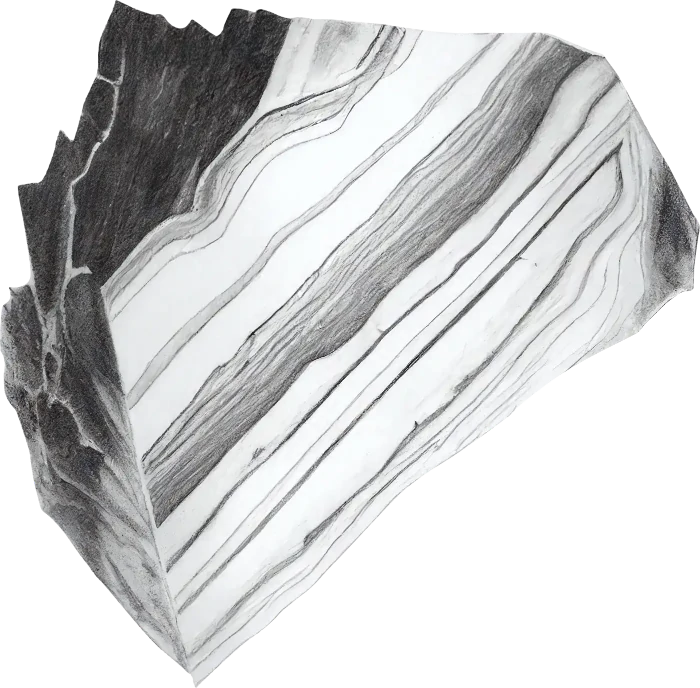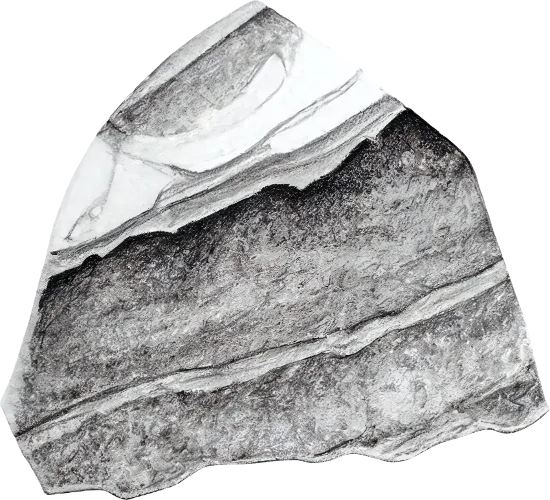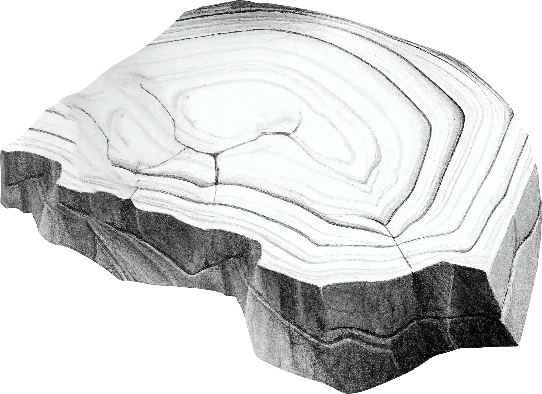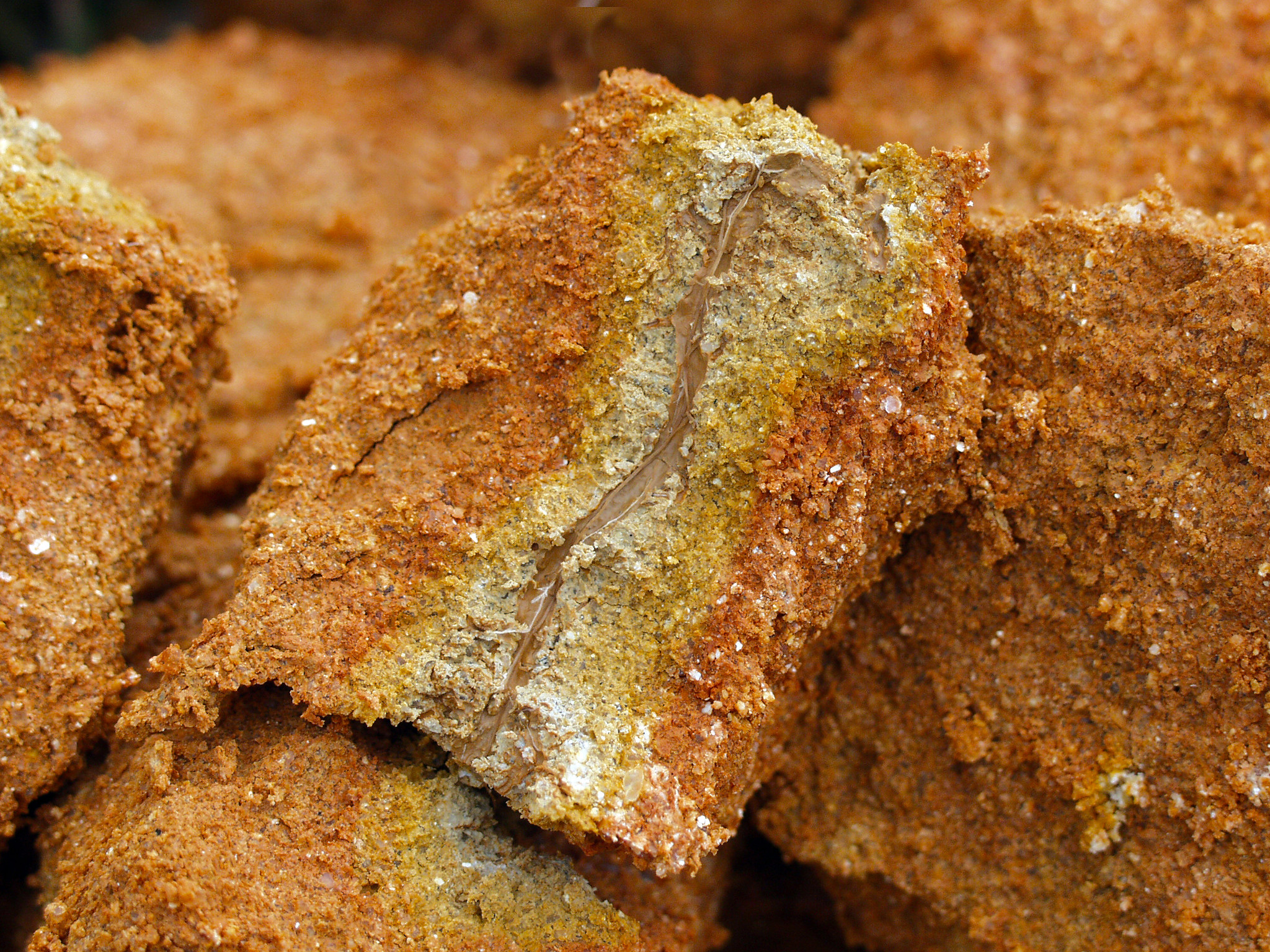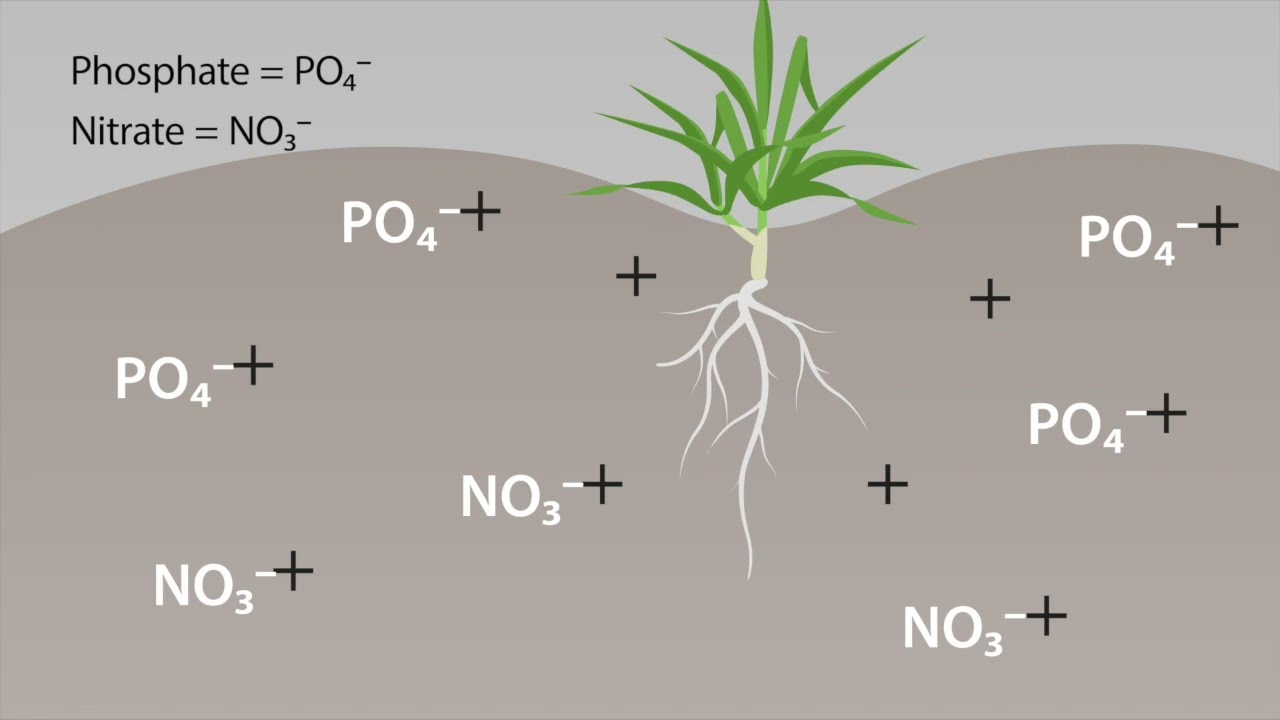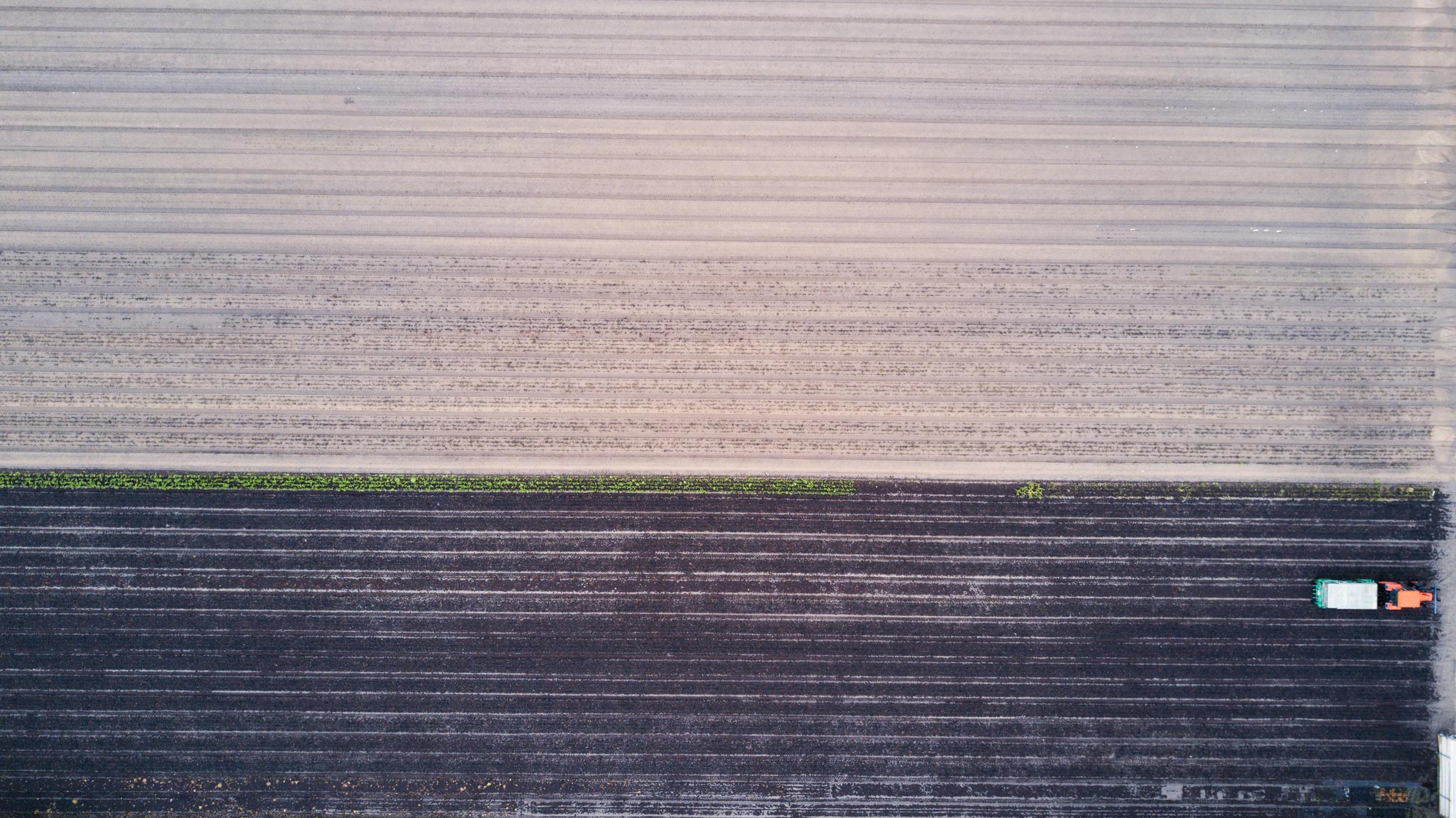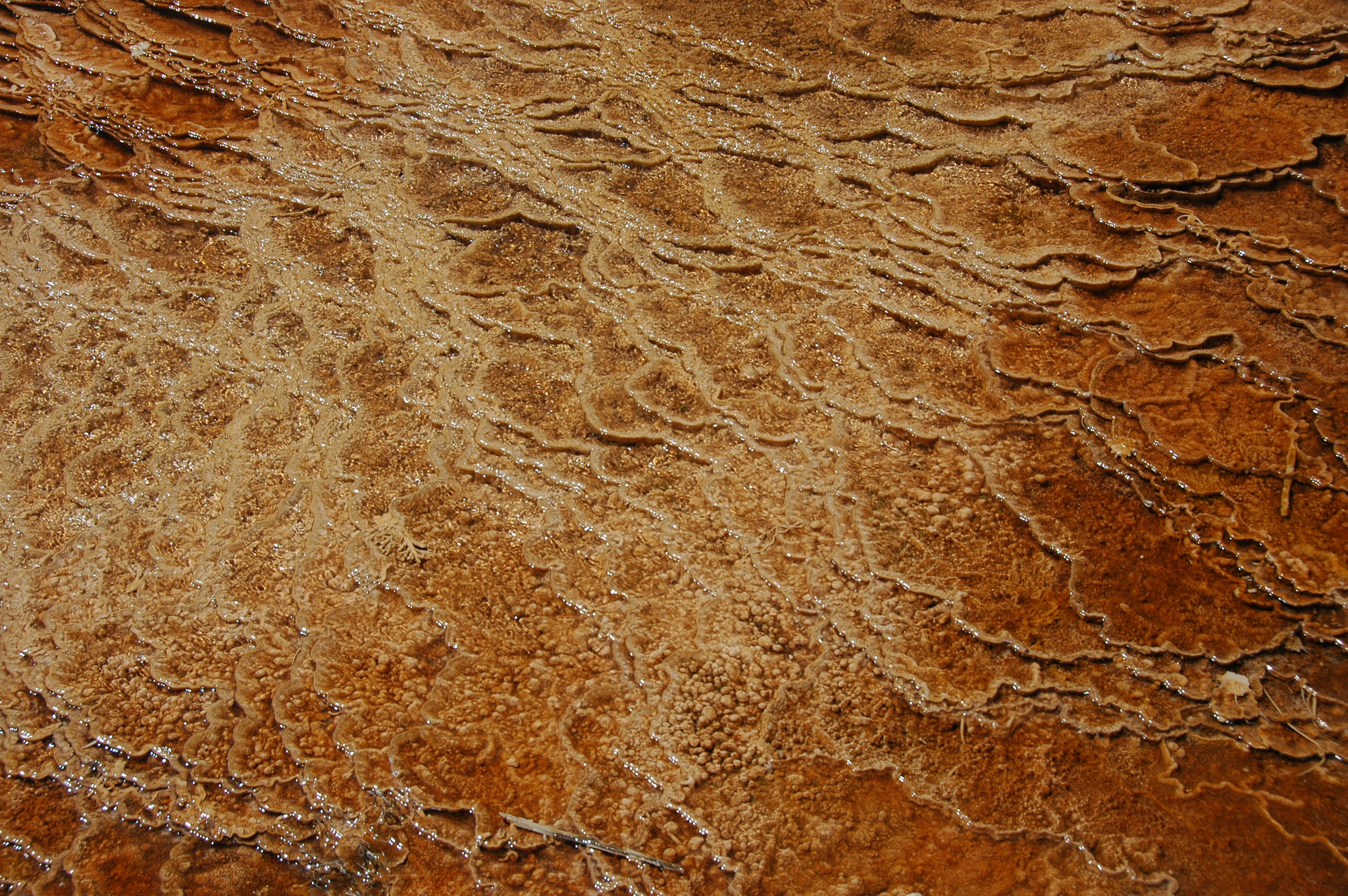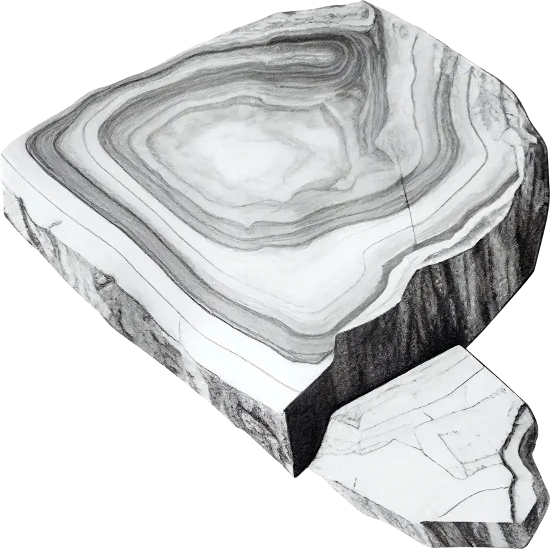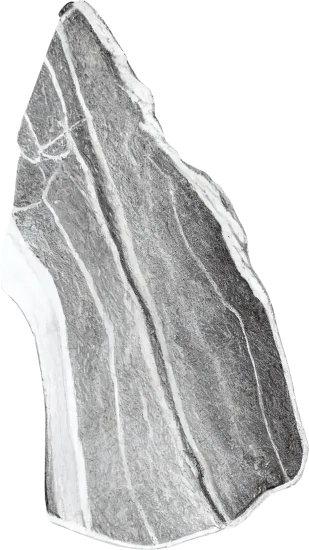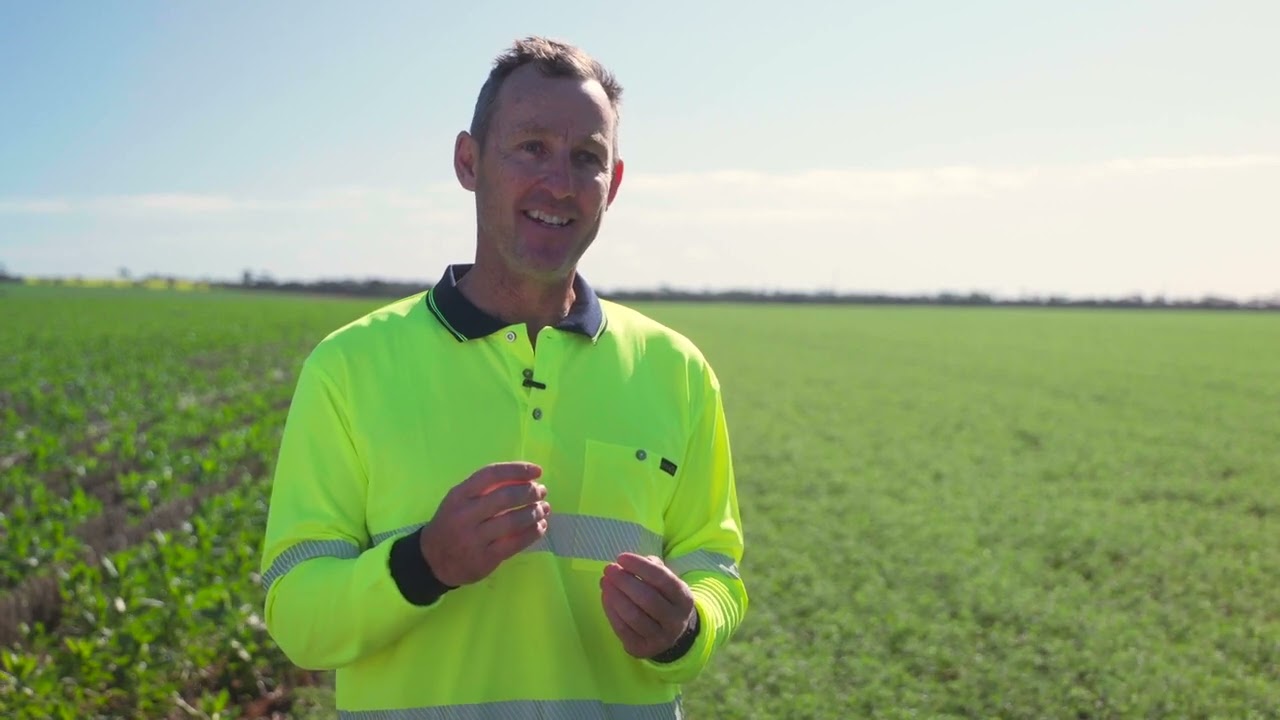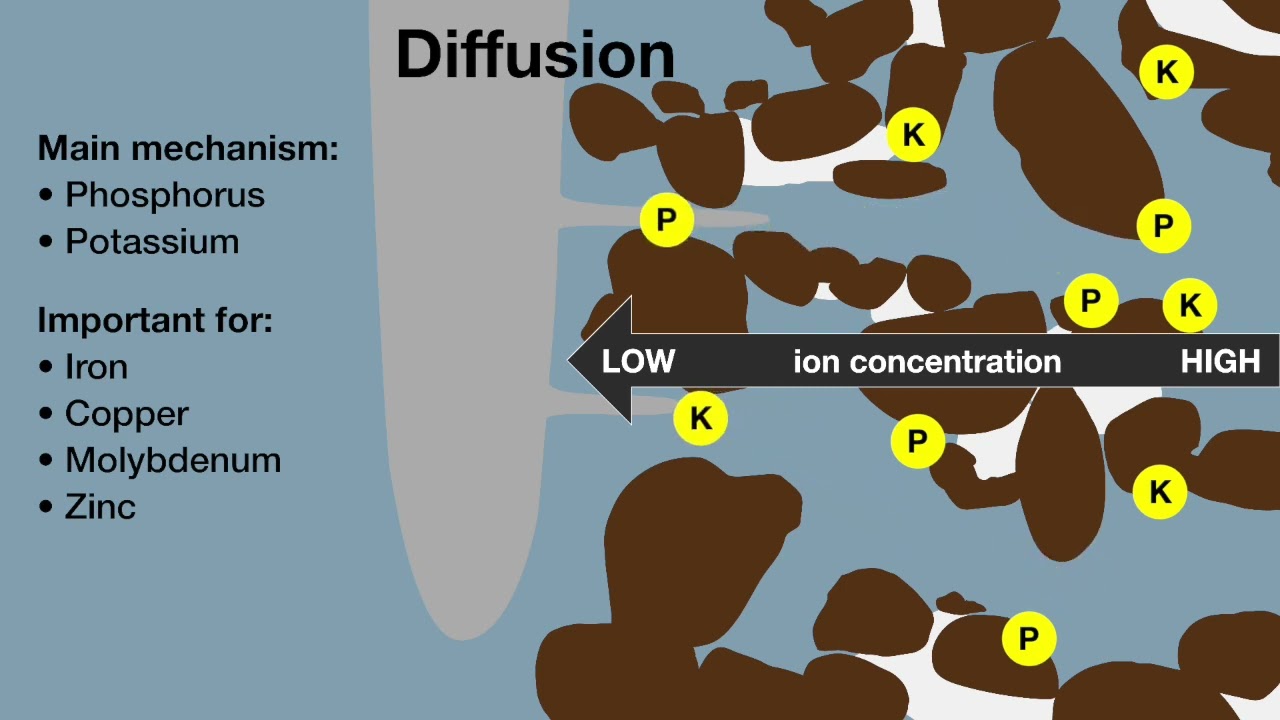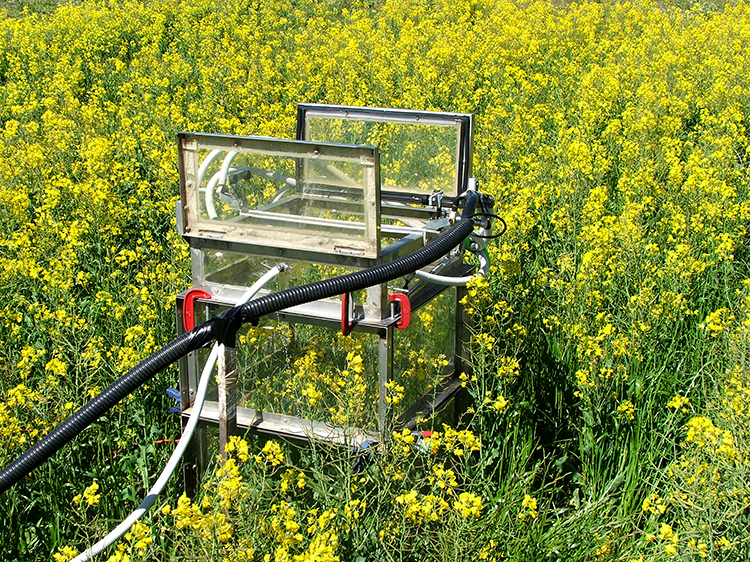Date
2018/11/22
Duration
5 min read
ebook
Soil Quality: 3 Soil Organic Matter
Organisations
Department of Primary Industries and Regional Development
Grains Research and Development Corporation
University of Western Australia
Authors
Frances Hoyle
Daniel Murphy
Soil particles and organic matter surfaces have both positive and negative charge sites, which hold the cations and fewer positive charge sites, which hold anions anions (e.g. Cl, nitrate) held in soil solution respectively. The cation exchange capacity (CEC) of a soil is a measure of the soil’s ability to hold positively charged ions. It is an important soil property influencing soil structure stability, nutrient availability, soil pH and the soil’s reaction to fertilisers and other amendments.
Soil test results for cation exchange capacity are expressed either in milliequivalents per 100 grams of soil (meq/100 g) or centimoles of charge per kilogram (cmol/kg), which are equivalent values. Soils vary widely in CEC, from sands with a very low cation exchange capacity (often less than 3 meq/100 g) and increasing with clay content to vermiculite which may hold up to 200 meq/100 g.
Clay soil, which has both positive and negative charge sites, is generally associated with a high CEC. Variation in the capacity of clay minerals to hold cations is due to a mixture of both permanent and variable charge sites. For example, kaolinite clay has a CEC of 3-15 meq/100 g soil, whereas a montmorillonite clay has 90-110 meq/100 g soil and organic matter has 200 meq/100 g soil (at pH > 4).
Soils with a low CEC are more likely to develop deficiencies in potassium, magnesium, and other cations. The strength of binding of cations to charged surface sites depends on the nature of the surface, the magnitude of the charge (larger charges more strongly held) and the size of the ions (larger ions of the same charge will be held less strongly as the surface density of the charge is lower). Thus sodium, potassium, magnesium, calcium and ammonium ions will be less mobile in soils with a high CEC (organically rich soil, high clay soil).

Indicative cation exchange capacity for different soil textures and organic matter
| Soil texture | Cation exchange capacity (meq/100g) |
|---|---|
| Sand | 1-5 |
| Sandy loam | 2-15 |
| Silt loam | 10-25 |
| Clay loam/Silty clay loam | 15-35 |
| Clay | 25-100 |
| Organic matter | 40-200 |
| Humified organic matter | 250-400 |
References
ebook Soil Quality: 3 Soil Organic Matter
Hoyle F and Murphy D (2018).

